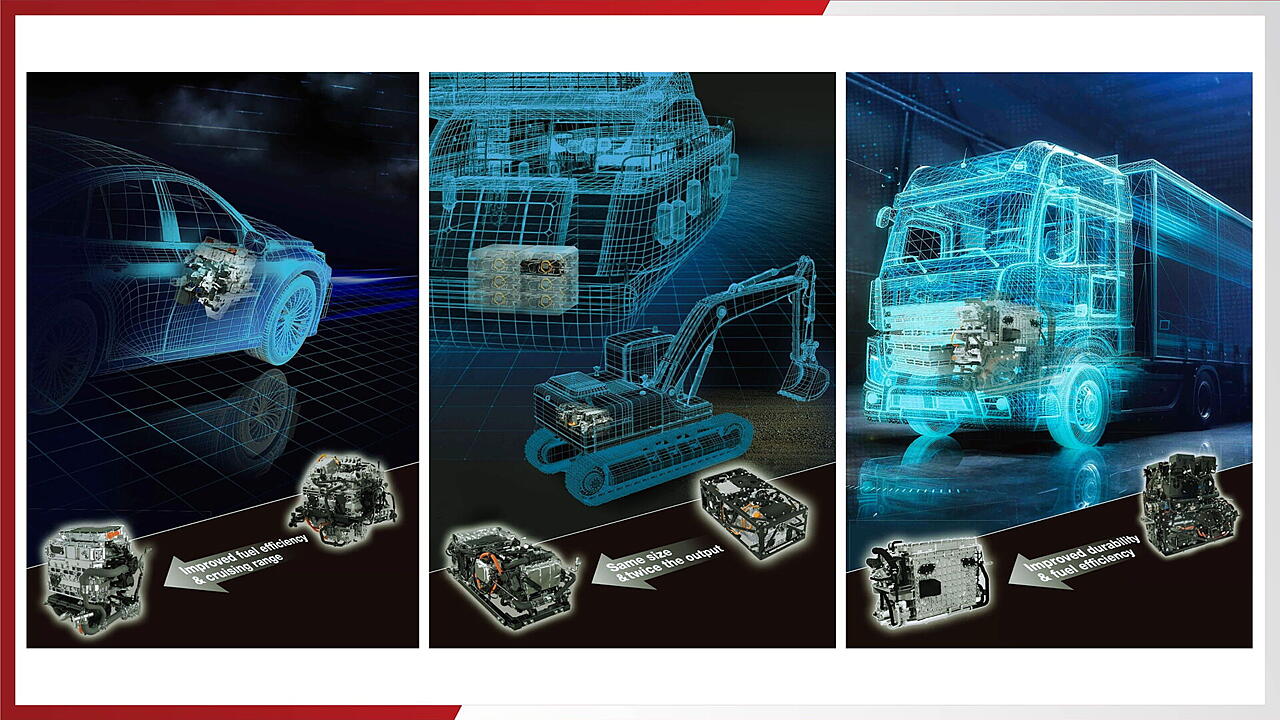
Toyota Motor Corporation has announced the development of its third-generation fuel cell system (3rd Gen FC System) aimed at accelerating the adoption of hydrogen technology in the commercial sector. The newly developed system offers enhanced durability, improved fuel efficiency, and reduced costs compared to its predecessor, making it more viable for widespread commercial applications.
The 3rd Gen FC System will be showcased for the first time on 19 February at the H2 & FC EXPO (International Hydrogen & Fuel Cell Expo) in Tokyo, Japan. Toyota has designed the system to meet the rigorous demands of the commercial vehicle sector, offering durability comparable to diesel engines while maintaining a maintenance-free design. The company plans to introduce the new system in key markets, including Japan, Europe, North America, and China, with commercial availability expected after 2026.
Toyota has been a strong proponent of hydrogen as a sustainable fuel source and has actively collaborated with various industries to promote its adoption. The company’s efforts have spanned multiple sectors, including transportation, energy storage, and industrial applications. Since the launch of the MIRAI fuel cell electric vehicle (FCEV) in 2014, Toyota has sold approximately 28,000 units in over 30 countries. Additionally, the company has supplied over 2,700 fuel cell systems to more than 100 global customers for applications such as buses, trains, and power generators.
The 3rd Gen FC System has been developed based on extensive customer feedback and data collected from real-world applications in Japan, particularly in Tokyo and Fukushima. The new system offers twice the durability of the previous generation and improves fuel efficiency by 20%, extending the cruising range of vehicles. Toyota has also achieved a significant cost reduction by optimising the design and manufacturing processes of the fuel cell unit.
The system’s versatility allows it to be installed in a wide range of vehicles, including commercial trucks, passenger cars, buses, and even non-automotive applications such as rail transport and stationary power generation. For passenger vehicles, the improved fuel efficiency enhances range, providing greater reliability for consumers. For heavy-duty commercial vehicles, the system delivers high power output while ensuring long-term durability comparable to diesel engines. Its compact design also allows easier integration into different vehicle types.
Also Read